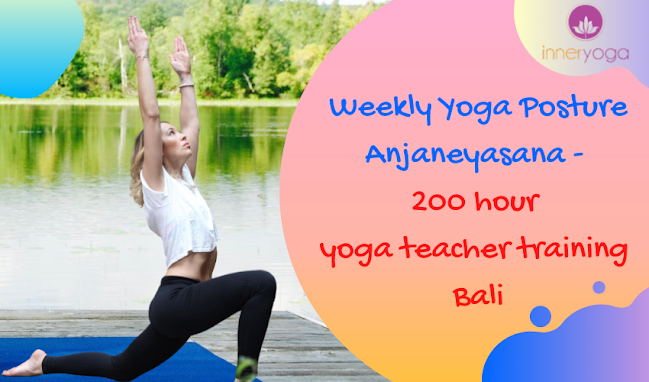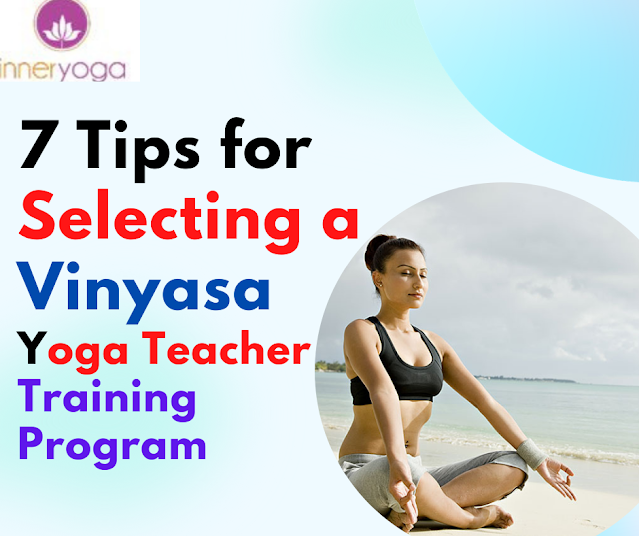The 8 Limbs of Yoga and your 200hr Yoga Teacher Training Journey
Many of us are drawn to yoga because of its physical benefits, however, it’s usually the mental and spiritual aspects of the practice that create the most powerful transformation within us. When we practice yoga we begin to use the mind and body in coherence, we start to behave and feel differently, we are able to manage our emotions better, improve our relationships and tune into our inner wisdom and intuition.
A 200 hour yoga teacher training course is one of the most powerful ways to experience this transformation; even if you don’t plan to become a yoga teacher it is a deep dive into these ancient
So what are Patangali’s 8 limbs and how
can we apply them to our modern lives?
Patangali divided the principles of yoga into 8 limbs: Yama,
Niyama, Asana, Pranayama, Pratyahara, Dharana, Dhyana and Samadhi:
The first limb - Yama deals with ethical standards, personal
conduct and the idea of treating others the way you wish to be treated. Yama is
separated into five aspects: Satya (truthfulness), Asteya (non-stealing),
Brahmacharya (abstinence) Aparigraha (non-covetousness). In a
modern context we can apply these principles into our daily interactions, in
the way we conduct ourselves, the way we treat other people and the moral codes
that we live by. By simply treating others in the same way we wish to be treated,
living with honesty and integrity and adopting a karmic view of life. Naturally
when we begin to incorporate yoga into our lives, we start to adopt more
patience, compassion and understanding for ourselves and others. The more time
we spend on the mat the easier these principles become to incorporate in our
daily life.
The second limb Niyama deals with self-dicipline and spiritual
observances. The five niyamas are: Saucha (cleanliness) Samtosa (contentment),
Tapas (heat; spiritual austerities) Svadhyaya (study of sacred scriptures and
one’s self) Isvara pranidhana (surrender to God). In a modern context we can
apply this principle to the act of creating sacred time in our day, 200
Hours Yoga Certification Courses 2020 time to meditate, journal, go for walks in nature or
just be alone with ourselves, acknowledging the importance for quiet time and
reflection and creating the space in our lives for self-care and reflection.
The third limb Asana is the physical postures practiced in yoga teacher training bali, the view that the body is a temple and
that caring for the body is paramount in spiritual growth. Through the practice
of asanas we can develop discipline and the ability to concentrate and hold
postures for extended periods of time. Asanas prepare the body for meditation
and stillness and is a very powerful way to create body/mind coherence.
Creating a regular personal practice either by attending classes or practicing
on your own, taking care of your body, paying attention to what you eat and how
much you exercise are great ways to integrate this limb into daily life.
Pranayama is the fourth limb and loosely
translated means breath control. this limb recognizes the connection between
the breath, the mind and the emotions and acknowledges the breath as life force
energy. Simply by shifting the breath from the chest to the belly for a few
moments a day can have a huge impact on how you feel mentally and physically.
Naturally most of us only breathe into our chest, this activates our
sympathetic nervous system causing us to feel anxious and stressed. When we begin
to breathe consciously, lengthening the inhale and the exhale breath we start
to activate the para-sympathetic nervous system switching off our
fight-and-flight response and settling the body into rest-and-digest mode.
Pranayama can be used by itself or in conjunction with asana and meditation, it
can be used at any time during the day to bring the focus back into the present
moment, to bring the body into stillness and to calm the mind. If
you want to Learn yoga
teacher training then bali is the
best option for you .
Pratyahara, the fifth limb - withdrawal or sensory
transcendence. It is during this stage that we make the conscious effort to
draw our awareness away from the external world and outside stimuli. We can
integrate this limb into our meditation practice by allowing any thoughts or
outside influences float by without attachment or attention. Allowing ourselves
to be quiet and still during our meditation and focus our mind solely on the
present moment is one of the best ways to practice this limb and can help us to
create more calm, stillness and clarity in our lives for you .
Dharana or concentration is Patanjali’s the sixth limb of
yoga, In this limb the practitioner is invited to focus on a single point of
focus such and a body part or an image in the mind. In this limb we can direct
our full attention to one specific thing during meditation and create more
focus and stillness into our practice. A more accessible way to do this in
regular practice is to call to mind an intention during yoga practice such as a
word or a mantra, when we feel our mind start to drift off we can bring
ourselves back into the moment by bringing the word or phrase back into the
forefront of our mind.
The seventh limb Dhyana is similar to the sixth but is more
of an active meditation, directing the focus on a specific object such as a
leaf or a flower. This meditation practice can help keep the mind focused and
present in the moment, it can help create clarity and connection with nature.
Patanjali describes the eighth and final stage of ashtanga,
samadhi, as a state of ecstasy. At this stage, the meditator merges with his or
her point of focus and transcends the Self altogether. This stage is
predominantly a spiritual experience but can usually be achieved during a full
immersion course such as a teacher training or intensive yoga course.
Understanding and applying the 8 limbs of yoga into our daily
lives can have a profound effect on our mental, physical and spiritual
wellbeing, when we become tuned into the body and mind, we can begin see
positive changes in our relationship with ourselves and others. Yoga not only
has a powerful effect on our physical wellbeing but our spiritual and mental
experience too. Patanjali’s 8 limbs can be used as a framework to guide us
through our yoga practice and to help create a better relationship with our
body and mind. Whether you are new to yoga or an experienced practitioner the 8
limbs are a beautiful addition to your yoga practice and best
yoga teacher training bali to your life .
To find out more about our
yoga teacher training course visit us at inneryogatraining.com or send an email to join@inneryogatraining.com
For More Information Source :- https://www.inneryogatraining.com/choose-the-best-yoga-teacher-training/




Comments
Post a Comment